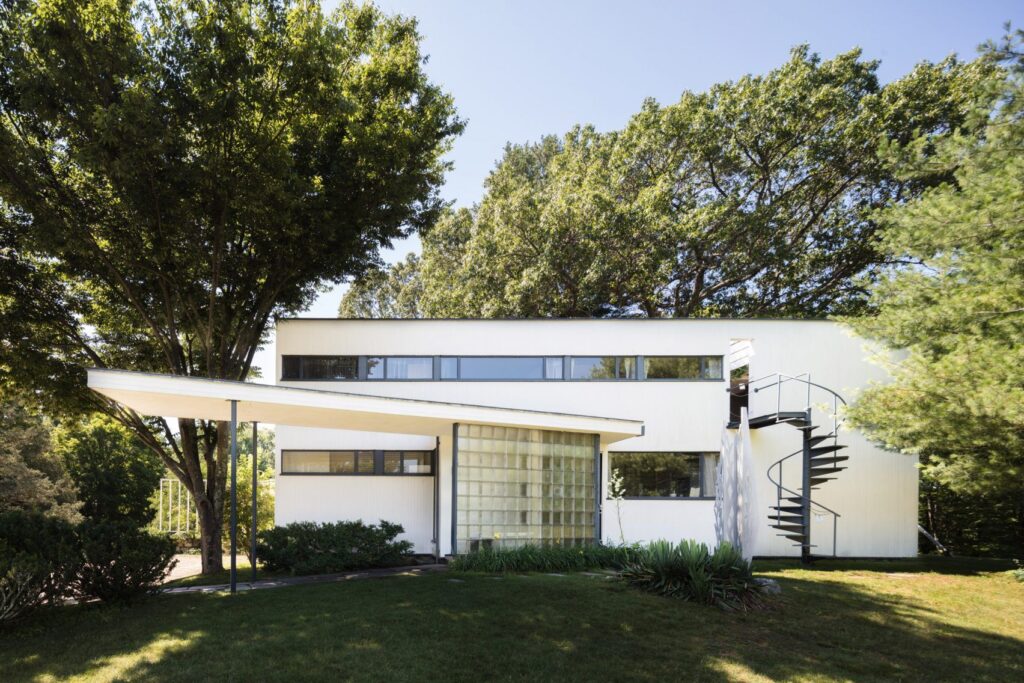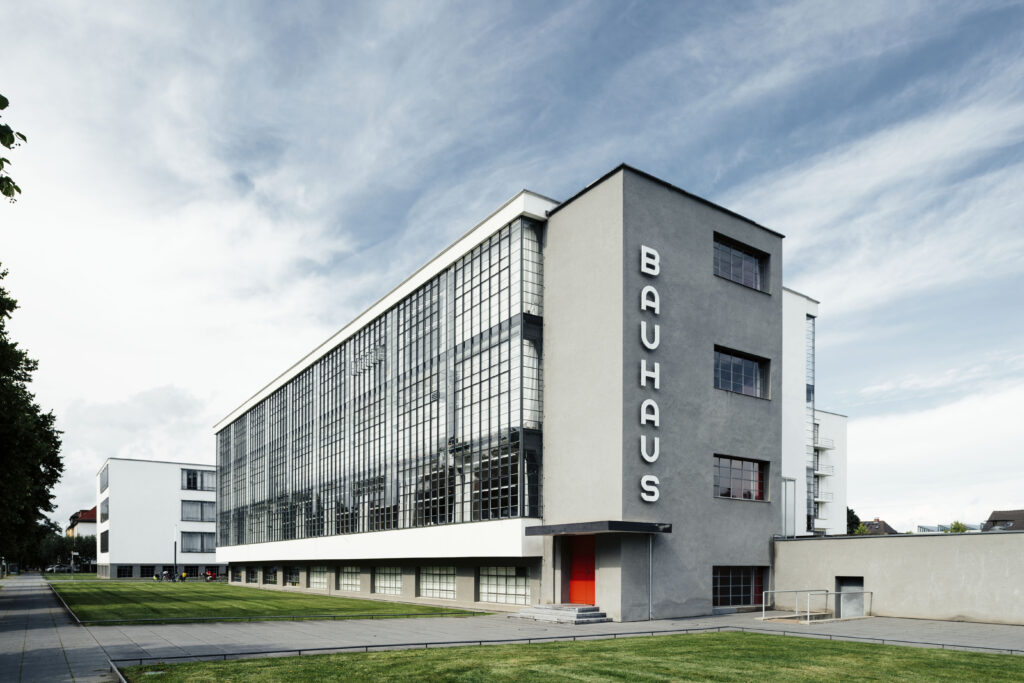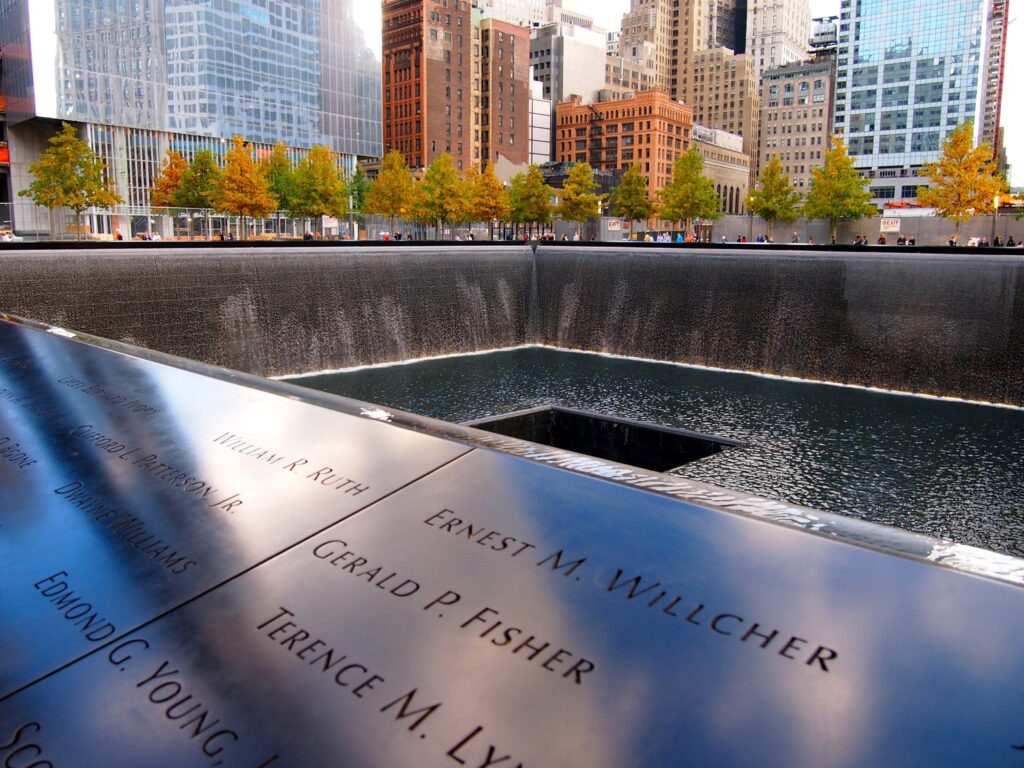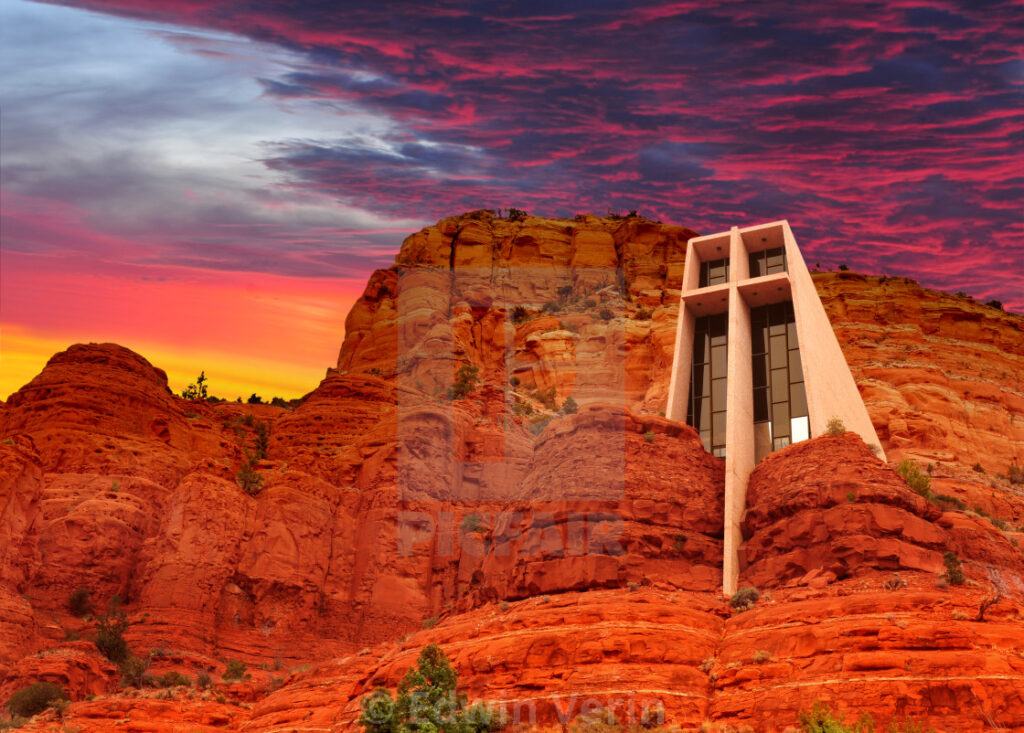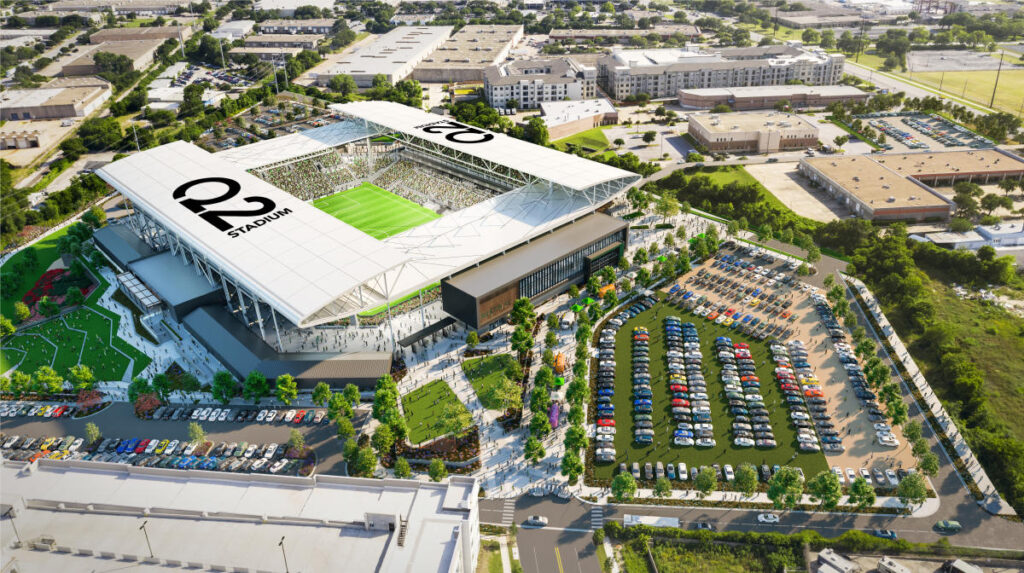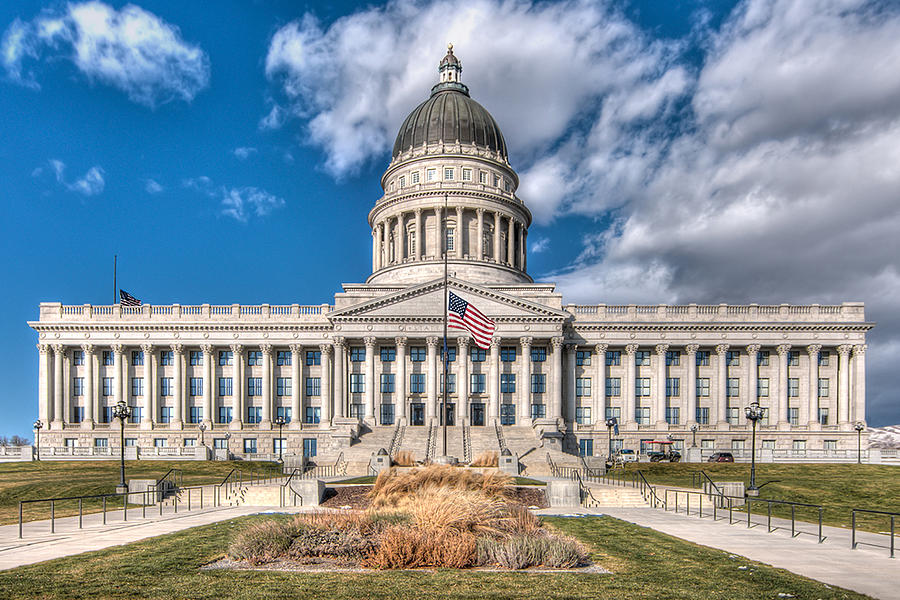
The Josephine M. Hagerty House was a residential project designed by Walter Gropius. It was designed in collaboration with architect Marcel Breuer. The house was built in 1938, and is located in Cohasset, Massachusetts. It was built as a family home for Josephine Hagerty, but like the Gropius house, it is now on the National Register of Historic Places that outsiders can tour. The house incorporates most of the design elements that Gropius was known for such as geometric shapes, flat roofs, lots of glass, and linear or horizontal features. For this particular house he emphasized the use of local materials, wood, and stone.
I thought this project was unique compared to this other project because of the large amount of stone that was used. Most of his projects incorporated hard and smooth textured exterior materials with large glass windows, but this house had large amounts of tan colored natural stone that added a lot more texture. There are plenty of large glass windows as well as two balconies on the side of the house that face the water, in order for guests to enjoy the pretty views.
